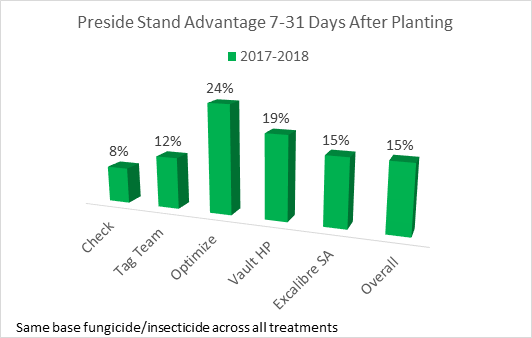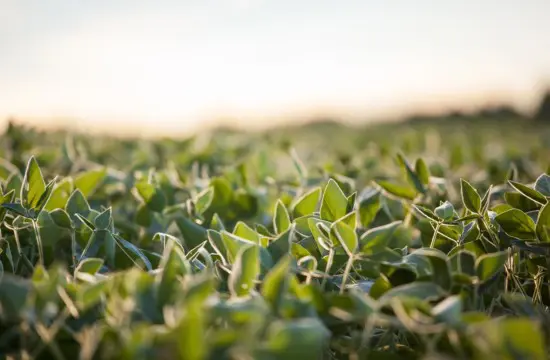Johnanna Beuerlein, Seed Lab Manager for the Ohio Seed Improvement Association, says this has been the worst season she has seen in her 28 years with respect to disease, particularly Phomopsis.
“It’s been just horrible,” says Beuerlein.
Michael Stahr, Seed Laboratory Manager with the Iowa Seed University Seed Lab, says timing is crucial when it comes to soybean seeds – particularly those harvested after the extended rains started last fall. He, too, has seen high levels of Phomopsis, along with Fusarium. Both Stahr and Beuerlein say a seed treatment can make a world of difference.
“Seed treatment has been effective in controlling the fungi and improving germination scores as long as the fungi hasn’t already killed the seeds and/or done significant damage to the seed,” says Stahr.
“Treating is amazing. The same seed with a low germination of 2 or 11 percent can pop up to 90 percent germination with a treatment,” says Beuerlein. “I’ve never seen anything like this before.”
Seed testing is vital for producers, says Beuerlein.
“If they’re not testing, they may be in for a rude awakening. If they are treating, they should be fine. It’s just a tremendous difference.”
Stahr says there could still be hope for the field.
“With or without seed treatment, seeds may do better in the field than in the lab because soil fungi have an effect on seed-borne fungi,” he says. “Phomopsis and Fusarium on seeds don’t necessarily have much effect on seedlings that emerge in the field or increase the likelihood of fungi in the field.”
When soybean seed quality is in question, getting as many seeds germinated and successfully established as possible becomes even more important. Inoculants will not germinate seed that is not viable but increases in stand due to improved establishment of viable seeds are certainly possible. Soybean inoculants have been shown to help improve early stand establishment.
The common belief is that soybeans can compensate for lost stand. To some extent this is true due to their ability to branch and produce pods on those branches as stands decrease. More pods are typically produced on the main stem with more soybeans per pod compared to the pods produced on branches. This means that the more plants we can establish successfully, the more main stems we will have, and the result will be greater yield potential.
The graph below shows the increase in stand for Preside® CL and Preside® Ultra soybean inoculants compared to an uninoculated check and several common competitive inoculants in plots across the eastern soybean producing states (IL, IN, MI, and OH) for the past two years.

As you can see, using Preside CL or Preside Ultra in these plots established more plants than no inoculant and the competitive products.
So how might this potentially affect yield? Let’s look at an example of how a stand increase of as little as 6% can potentially impact final yield. Let’s assume that we are planting 140,000 seeds/acre. If we germinate 6% more seed, that gives us an additional 8400 (140,000 X 6%) plants per acre. If each of those plants produces 30 pods with an average of 2.5 beans per pod, that gives us an additional 630,000 (8,400 X 30 X 2.5) beans. Assuming 2,850 beans per lb., and 60 lbs. per bushel, that gives us the potential for an additional 3.6 ((630,000÷2,850)÷60) bushels of beans.
When poor seed quality is an issue, the use of Preside CL or Preside Ultra can make a difference in establishing the best stand. In fact, the data above shows Preside can do it even when poor seed quality isn’t an issue.


